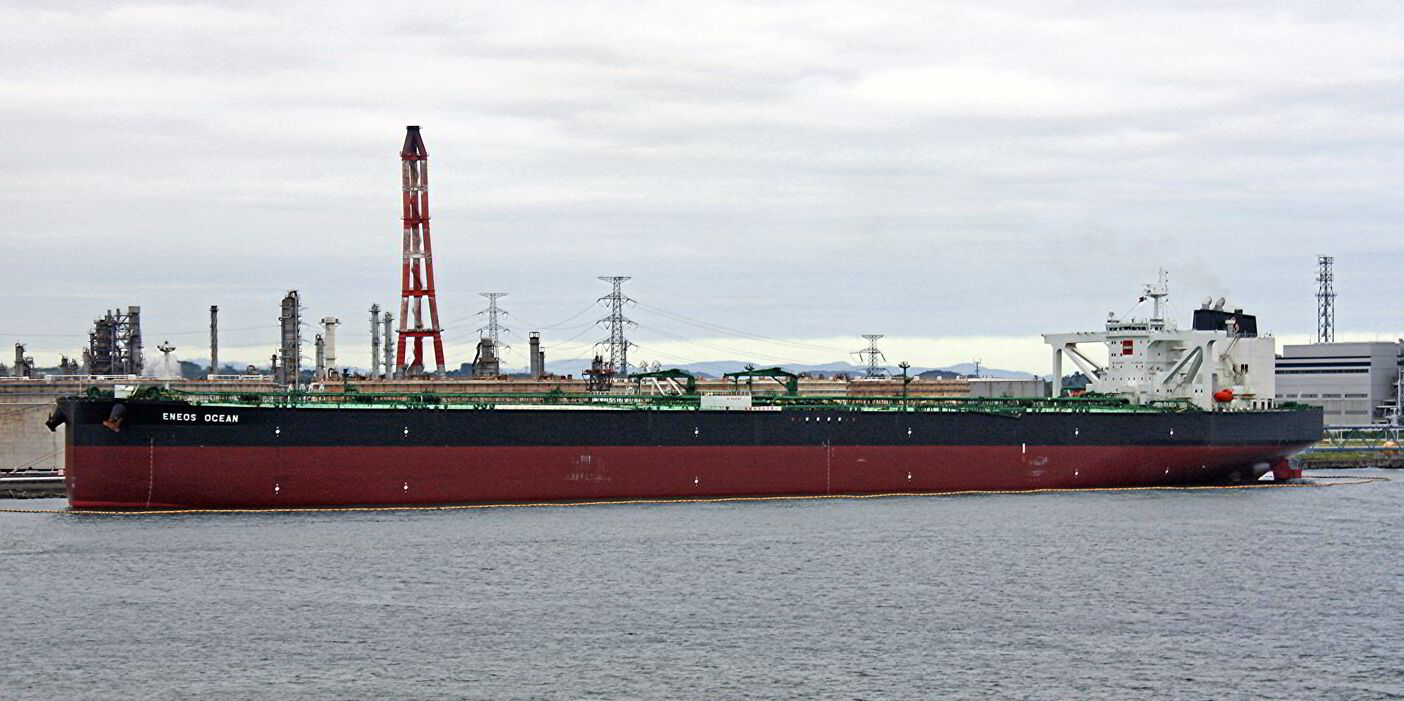China’s increasing use of LNG-fuelled trucks has taken a bite out of the tanker market.
Flex LNG chief executive Oystein Kalleklev pointed out on social media that natural gas-powered trucks have secured 42% market share, driving down demand for diesel and pushing up demand for LNG.
“While LNG-fuelled trucks are about 25% more expensive than diesel-fuelled trucks, LNG is also about a quarter cheaper than diesel, making the total cost of ownership lower thus fuelling demand,” said Kalleklev, citing a story in the Financial Times.
“Hence, diesel demand in China is declining with sales down 6% in July compared to a year earlier while pipeline gas and LNG imports volumes rose 12% in the same period.”
That is good news for the John Fredriksen-backed LNG carrier owner Kalleklev runs, but bad news for tanker owners who are looking to China to boost their fortunes.
Kpler freight analyst Matt Wright said domestic clean product demand in China slowed considerably in the third quarter, rising just 210,000 barrels per day versus the 610,000 bpd in the first half.
Normally, that would spur exports, but that has not happened, he said.
“A weaker international market, particularly for gasoline and diesel has limited exports over the second half of 2024,” Wright said, noting MR rates in North Asia have only posted modest gains since China published new export quotas, only 55% of which were used in September.
Together, that lowers crude demand, which has helped hold down VLCC rates.
Many owners have looked towards rising Chinese demand to push up rates for the largest crude carriers as they head into the final stanza of the year, which is typically a strong period for the vessels.
Wright said that those imports declined so far in 2024 versus 2023 by 135,000 bpd, but that the declines were weighted towards the second half as imports were higher year over year earlier on.
“Early indications for October show an increase, with Chinese crude imports for the month currently at 11 Mbd, up from 9.9 Mbd in September,” he said.
“However, some of this will be due to restocking, rather than rising demand, meaning it will not provide sustained tanker demand.”
The benchmark Middle East to China VLCC route has been volatile since mid-July, peaking multiple times before falling back to earth.
The most recent climb saw rates start at $20,609 per day on 30 August before climbing to $39,068 per day on 19 September.
Rates fell but have stayed above $30,000 per day and gained $271 to $31,771 per day on Tuesday.
Overall, the Baltic Exchange’s VLCC time charter equivalent assessment followed the same pattern but not nearly as dramatically.
On Tuesday, it reversed a week’s worth of losses, adding $164 to $36,270 per day.





